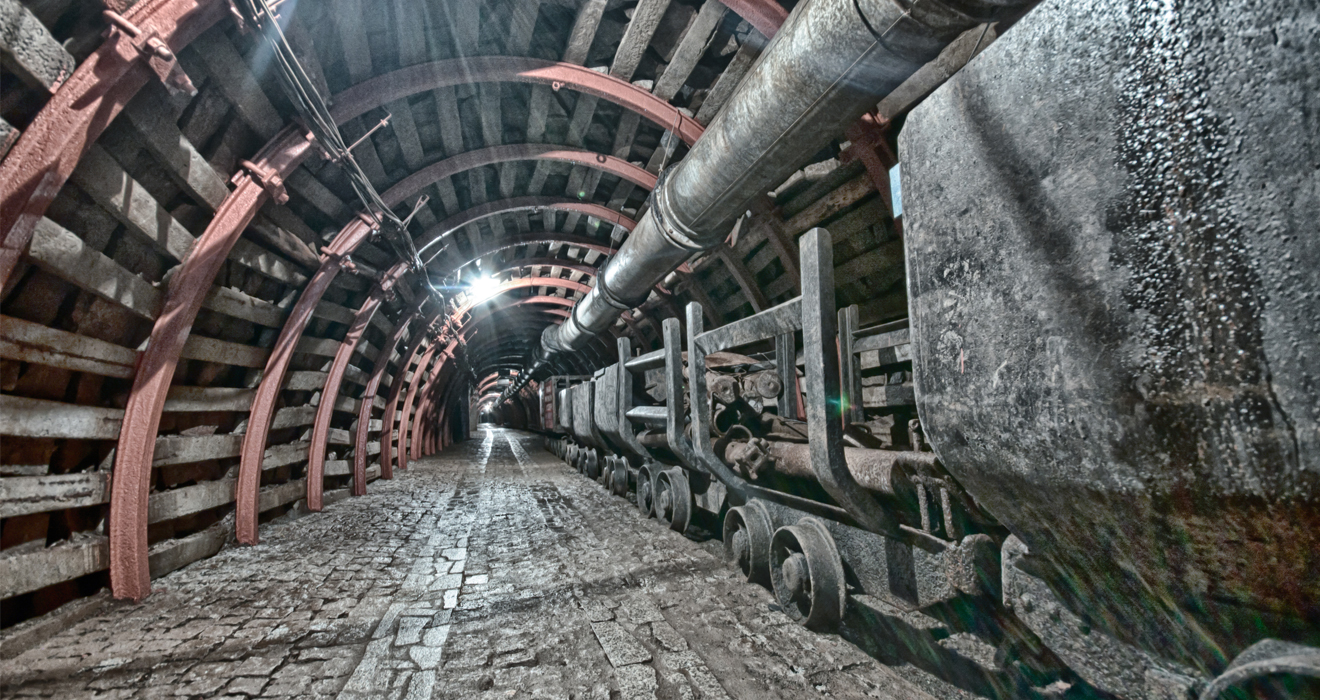The direct steam exhaust heat pump technology, as a high-efficiency, environmentally friendly, and economically practical energy recovery technology, has broad application prospects. This article will introduce the application prospects of direct steam exhaust air heat pump technology in the field of energy recovery, and explore its importance in sustainable development and energy conservation and emission reduction.
Application prospects in the industrial field:
Waste heat recovery: Direct steam exhaust air heat pump technology can be applied to waste heat recovery in various industrial processes, such as metallurgy, chemical industry, steel and other industries. By recycling and utilizing waste heat, energy efficiency can be improved, energy consumption and production costs can be reduced.
Waste gas treatment: High temperature waste gas generated in industrial production often contains a large amount of thermal energy. The direct steam exhaust heat pump technology can recycle and utilize the heat energy in these exhaust gases, convert them into useful heat energy, and supply them to other processes or systems, reducing energy waste and greenhouse gas emissions.
Energy self-sufficiency: Direct steam exhaust heat pump technology can help industrial enterprises achieve energy self-sufficiency. By recycling and utilizing the heat energy from the exhaust wind, industrial enterprises can reduce their dependence on external energy and improve the stability and reliability of energy supply.
Application prospects in the field of architecture:

Heating and air conditioning: Direct steam exhaust heat pump technology can be applied to the heating and air conditioning systems of buildings. By utilizing the low-temperature heat energy in outdoor air to convert it into high-temperature hot water or air, providing comfortable indoor temperature. Compared to traditional heating and air conditioning methods, exhaust air heat pump technology has higher energy utilization efficiency and lower operating costs.
Hot water supply: Direct steaming exhaust air heat pump technology can be used for hot water supply in buildings. By recycling and utilizing heat energy from waste heat or wastewater, efficient supply of hot water can be achieved to meet the daily living and production needs of buildings.
The importance of sustainable development and energy conservation and emission reduction:
Resource conservation: The direct steam exhaust heat pump technology can convert waste heat energy into useful energy, achieve energy recycling, reduce the consumption of traditional energy resources, and achieve sustainable energy utilization and resource conservation.
Environmental protection: By applying direct steam exhaust heat pump technology, energy waste and greenhouse gas emissions in industrial processes can be effectively reduced. Waste heat recovery and waste gas treatment can reduce carbon emissions and pollutant emissions, and have a positive effect on improving environmental quality and protecting the ecological environment.
Energy conservation and emission reduction: The application of direct steam exhaust air heat pump technology can reduce energy consumption and carbon emissions. By recycling and utilizing waste heat and heat energy from exhaust gas, effective energy utilization and energy efficiency improvement are achieved, reducing the demand for traditional energy and reducing the cost and environmental impact of energy consumption.
Economic benefits: The direct steam exhaust air heat pump technology has good economic benefits in energy recovery. By recycling and utilizing heat energy from waste heat and exhaust gas, energy procurement and production costs can be reduced, and the competitiveness and economic benefits of enterprises can be improved. In addition, the operation and maintenance costs of this technology are relatively low, and it has a short investment recovery cycle.
The direct steam exhaust heat pump technology has broad application prospects in the field of energy recovery. By recycling and utilizing the heat energy from the exhaust wind, energy recycling and resource conservation can be achieved, which is in line with the concept of sustainable development and can achieve the goal of energy conservation and emission reduction. In future development, this technology will be widely applied in the industrial and construction fields, making important contributions to promoting sustainable development and building a resource saving society.







Comment